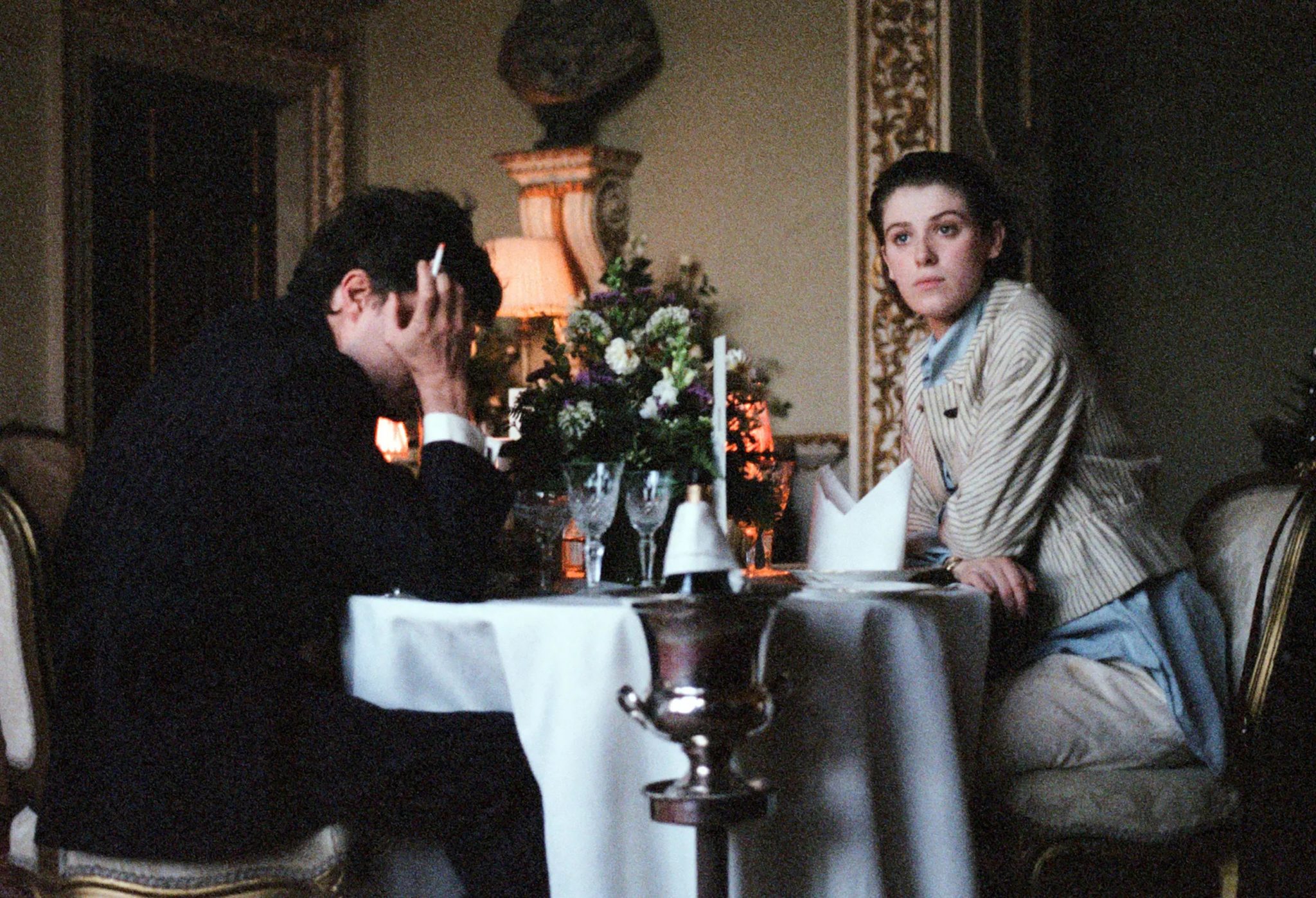In an artworld reluctant to discuss class, there seems to be no way in without a master’s degree and a subsidised period of ‘emerging’
At a gallery dinner in Berlin a while back, the artist sitting next to me asked where I was from, originally. He was English and trying to place my accent, I think. ‘Oh, I’m from a shithole,’ I said, fondly remembering that small, rough-edged town in Yorkshire. ‘Everyone’s from a shithole,’ said the artist. But he was in his fifties and had no doubt benefitted from the same free higher education – a lifeline of sorts to relatively ambitious, misfit, non-monied, art-minded people from regional towns – that I had, that my parents had, but that vanished during the late 1990s and has become progressively the preserve of non-shithole people ever since. I didn’t ask, but that artist probably doesn’t teach, or spend much time around emerging artists.
When I meet the latter nowadays, if the conversation ever gets as far as family background, it often turns out that their parents are ‘in tech’ or doing something shadowy in finance: upper middle-class at least. These kids, in other words (and this applies not only to artists but other inhabitants of the art infrastructure, like curators and gallery owners) can count on the financial cushion necessary to allow them to develop their practice without getting a distracting job or five; or flapping about in an attempt to find the also-vanished social-security safety net. Even among the students of my graduating year at art school, in 1995, seemingly the only one who’s had a solid exhibiting career since – for tasteful, somewhat old-fashioned abstracts – was among the poshest among us. I’d assumed he’d disappear like the rest of us; blame it on youthful naivety.
Get exposed to this imbalance repeatedly and you can easily become chippy, especially when you ponder how little class is discussed within the artworld as compared to, say, identity. I know people – artists, yes – who, once they know that another artist has some money behind them, instantly dismiss the art; I sometimes instinctively lean in that direction myself. But the problem with directing one’s displeasure at such fortunate, accident-of-birth practitioners, rather than at a monolithic system of inequality, is that there are creative types who happen to both come from very comfortable backgrounds and be extravagantly talented, as I’m reminded – sticking with the UK for the moment – anytime I see one of Joanna Hogg’s films, read an Edward St Aubyn novel, or see a Tacita Dean show. (After which, checking whether I’m going soft, I like to balance the books by looking at a Marc Quinn sculpture or thinking for three seconds about Alain de Botton.)
Plus, taking a longer view, time makes everything trickily blurry. In British art there have always been counterexamples of brilliant bootstrappers – Hogarth and Turner, for example – but, as you remember any time you watch interviews with British modernists, the truer history – and without even needing to mention the Bloomsbury Set – is more one of cut-glass accents and ‘bohemian’ salons in big houses in Belsize Park than it is of the brief interregnum of universal opportunity, offered by the post-war settlement, that lofted working-class Yorkshire lads like David Hockney. Outside the UK, consider what critic David Rimanelli says, laughing, while defending the late American artist Dash Snow in the documentary Moments Like This Never Last, 2020: “Do you not like Manet? He was a rich kid too!” Later, if the art was good in the first place, the money that helped enable it tends to get conveniently forgotten, or it’s seemingly crass to think about it now that the work has proved its worth.
Yet what’s not seen in this picture, in the present day, are all the talented young people who weigh up their burgeoning ability against the cost of art education and what comes after, recognise they can’t afford it, and give up. What is seen, not infrequently – and placed in high relief by how different it is to the kind of hardscrabble practices currently on show at Documenta and the Berlin Biennale, full of artists from the global south – is a lot of affable, well-composed, of-the-moment mediocrity by people who could afford it, whose parents could afford it. And what might be different from the long history of monied artists, in this great professionalisation of the western artworld within which you can’t get anywhere – get any contacts, any leverage – without a master’s degree and a subsidised period of ‘emerging’ – is that many gifted outsiders increasingly don’t have a way in, for all that a handful will invent one. You might wonder about the potential result of this: an Anglo-American art scene composed of artists who’ve been insulated from any kind of concerns related to class or economics, any sense of a world larger than themselves. And increasingly you don’t need to wonder – you can look directly at it.
